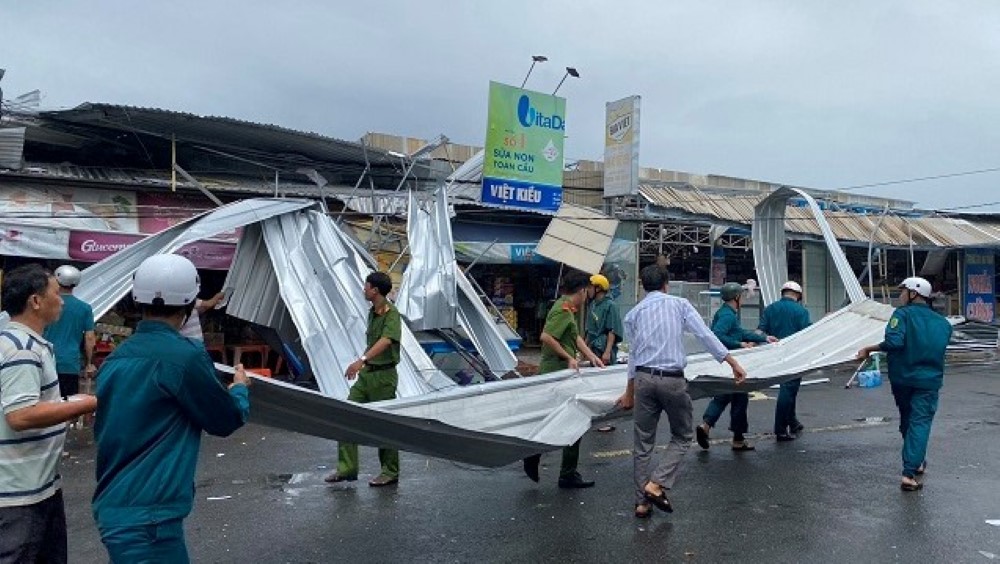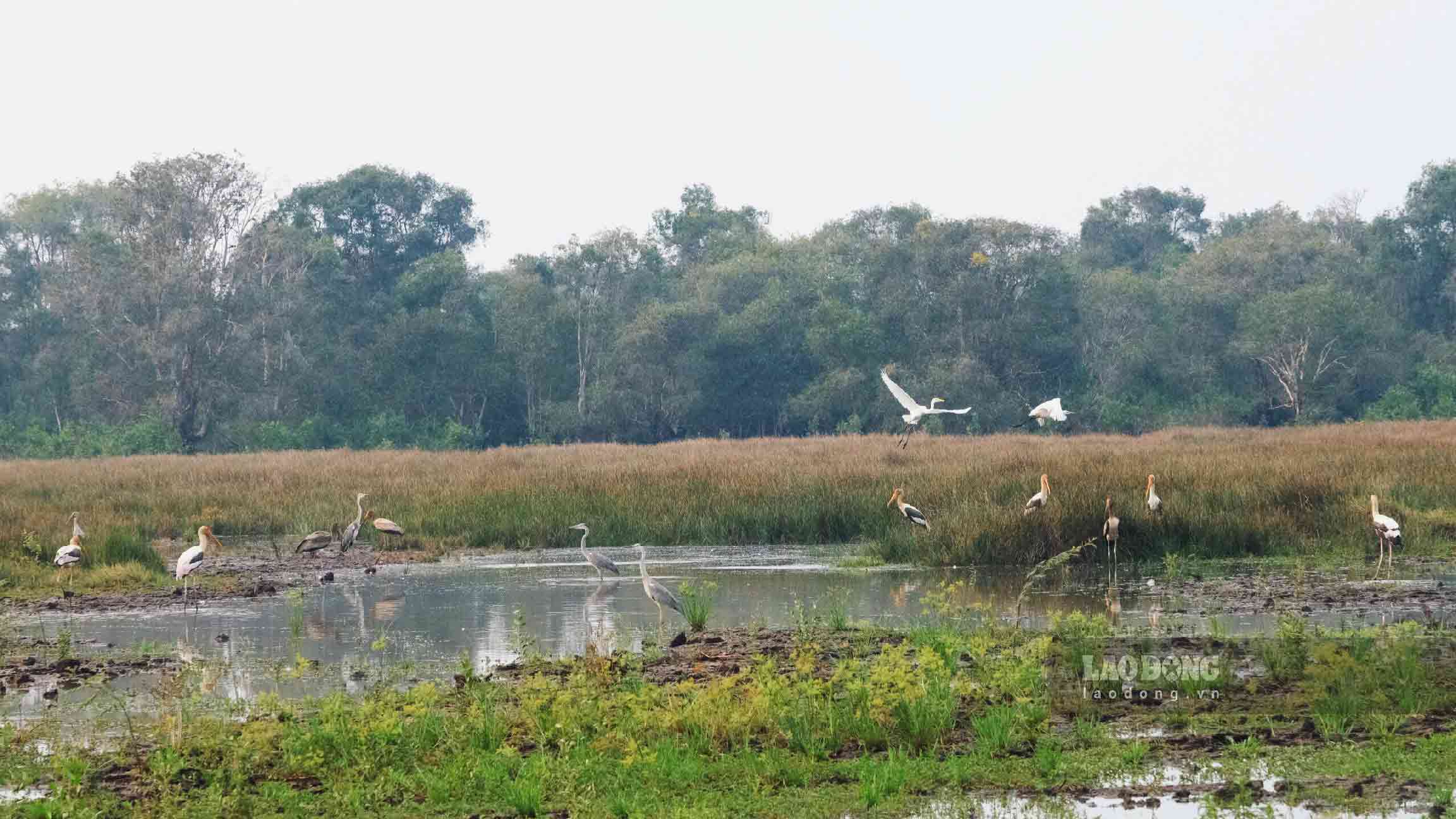The People's Committee of Dong Thap province has just issued a Disaster response plan according to the risk level in the province. The plan is to minimize damage caused by natural disasters; promptly evacuate and relocate people in vulnerable areas at high risk of being affected by natural disasters, especially vulnerable groups.
Accordingly, the Provincial People's Committee assigned the Department of Agriculture and Environment (the standing agency of the Provincial Steering Committee for Climate Change Response - Disaster Prevention, Control and Search and Rescue) to preside over and coordinate with relevant departments, branches, sectors, units and the People's Committees of districts and cities to organize the dissemination and guidance on the implementation of the response plan according to the level of natural disaster risk in Dong Thap province.

Currently, the types of natural disasters that can affect Dong Thap province are tropical depressions, storms, thunderstorms, whirlwinds, lightning and hail, heavy rain, high tides, landslides, heat waves, droughts, saltwater intrusion, floods, inundation, and natural forest fires. Therefore, Dong Thap will deploy 8 measures to respond to corresponding natural disasters.
Particularly for the work of responding to natural disasters caused by natural forest fires, the province will promote forest fire prevention and fighting propaganda through media, seminars, printing documents, etc. Organize training and forest fire fighting drills, improve practical skills and coordination between functional forces.

Update information from forest fire risk forecasting and warning agencies through communication and regular inspection in key areas with high fire warnings at the time of frequent forest fires from December to May, especially dangerous in February, March and April.
